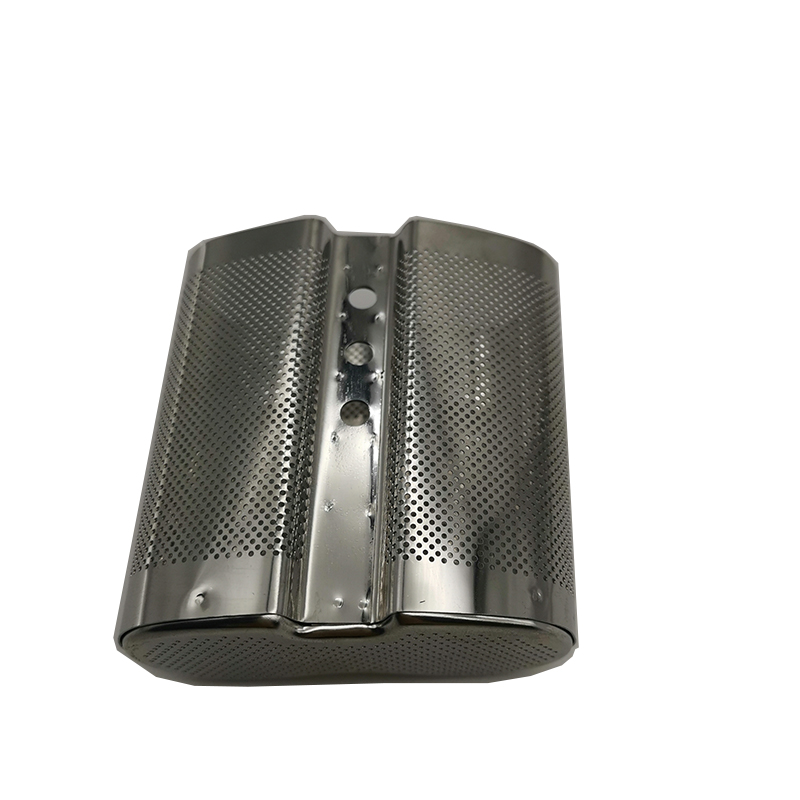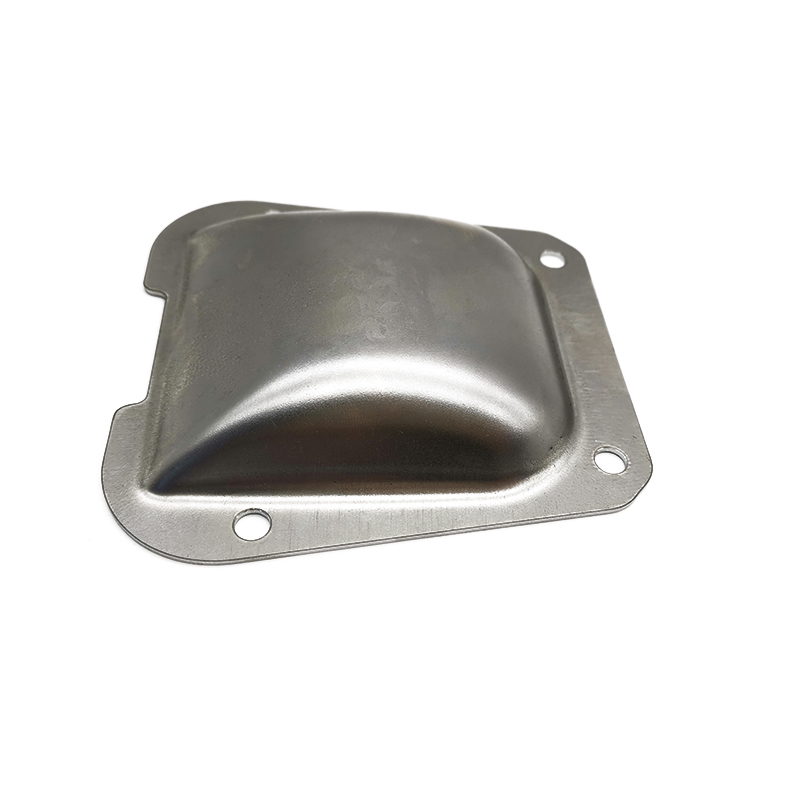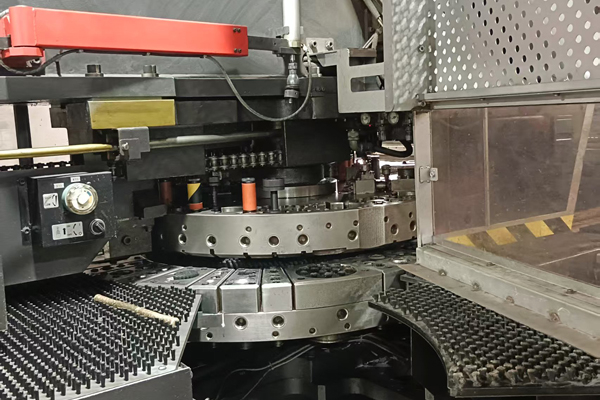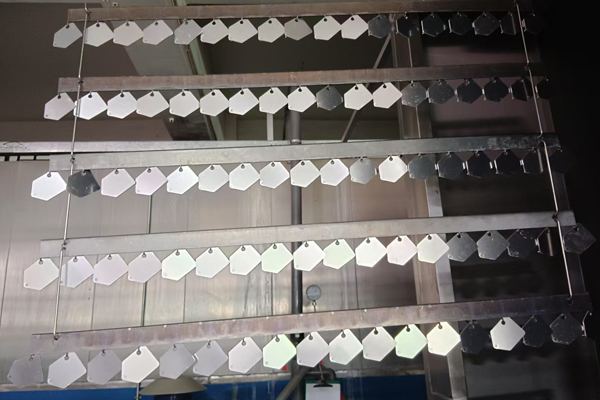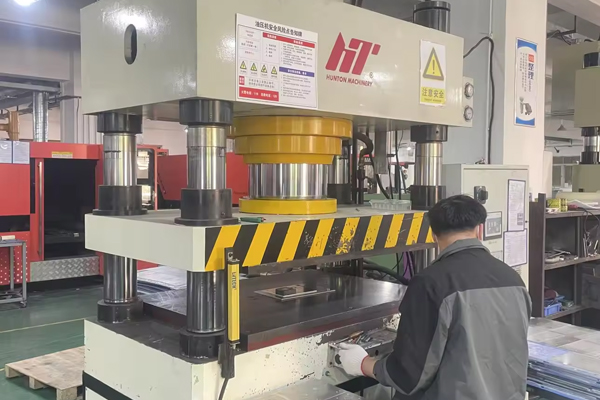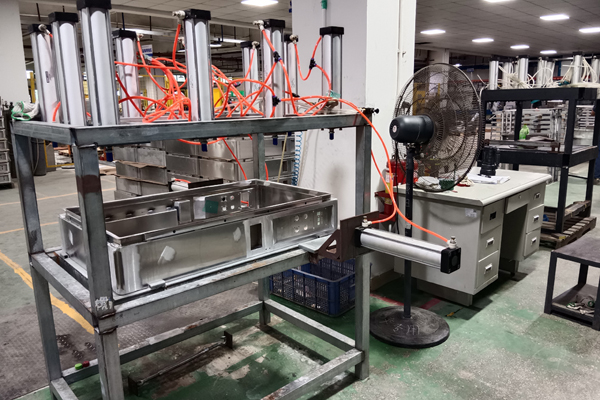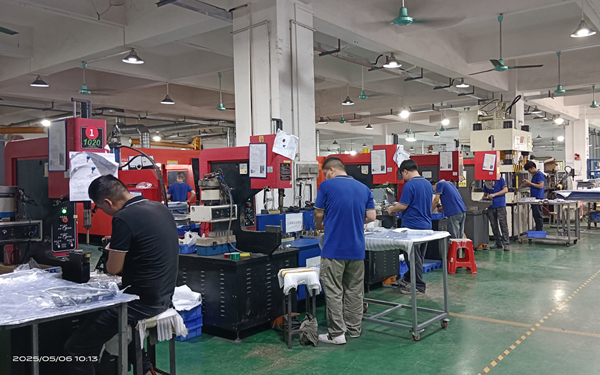Deep Drawing is a sheet metal forming process used to create hollow, seamless parts by mechanically drawing the metal blank into a die cavity using a punch. It's widely used in industries like automotive, aerospace, and packaging to produce complex shapes (e.g., cans, sinks, fuel tanks).
Key Steps in Deep Drawing:
Blank Preparation – A flat metal sheet (blank) is placed over the die.Punch Action – A punch forces the blank into the die, forming a cup-like shape.Metal Flow – The blank’s edges are drawn radially inward while maintaining thickness (if properly controlled).Ejection – The formed part is removed from the die.Factors Affecting Deep Drawing:
Material Properties: Ductility (e.g., aluminum, low-carbon steel) is critical.Blank Holder Force (BHF): Prevents wrinkling but must balance tearing risk.Die & Punch Design: Radius, clearance, and lubrication influence formability.Drawing Ratio (DR): Limits the feasible depth (typically DR < 2.0 for first draw).Common Defects:
Wrinkling (insufficient BHF)Tearing (excessive stress or poor material)Earing (anisotropy in the sheet)Variations:
Progressive Deep Drawing: Multiple stages for deeper parts.Hydroforming: Uses fluid pressure for complex geometries.Ironing: Reduces wall thickness for uniformity (e.g., beverage cans).Applications:
Automotive: Fuel tanks, body panels.Household: Kitchen sinks, cookware.Industrial: Pressure vessels, battery casings.customize your own deep drawing parts from china deep drawing factory - XC
